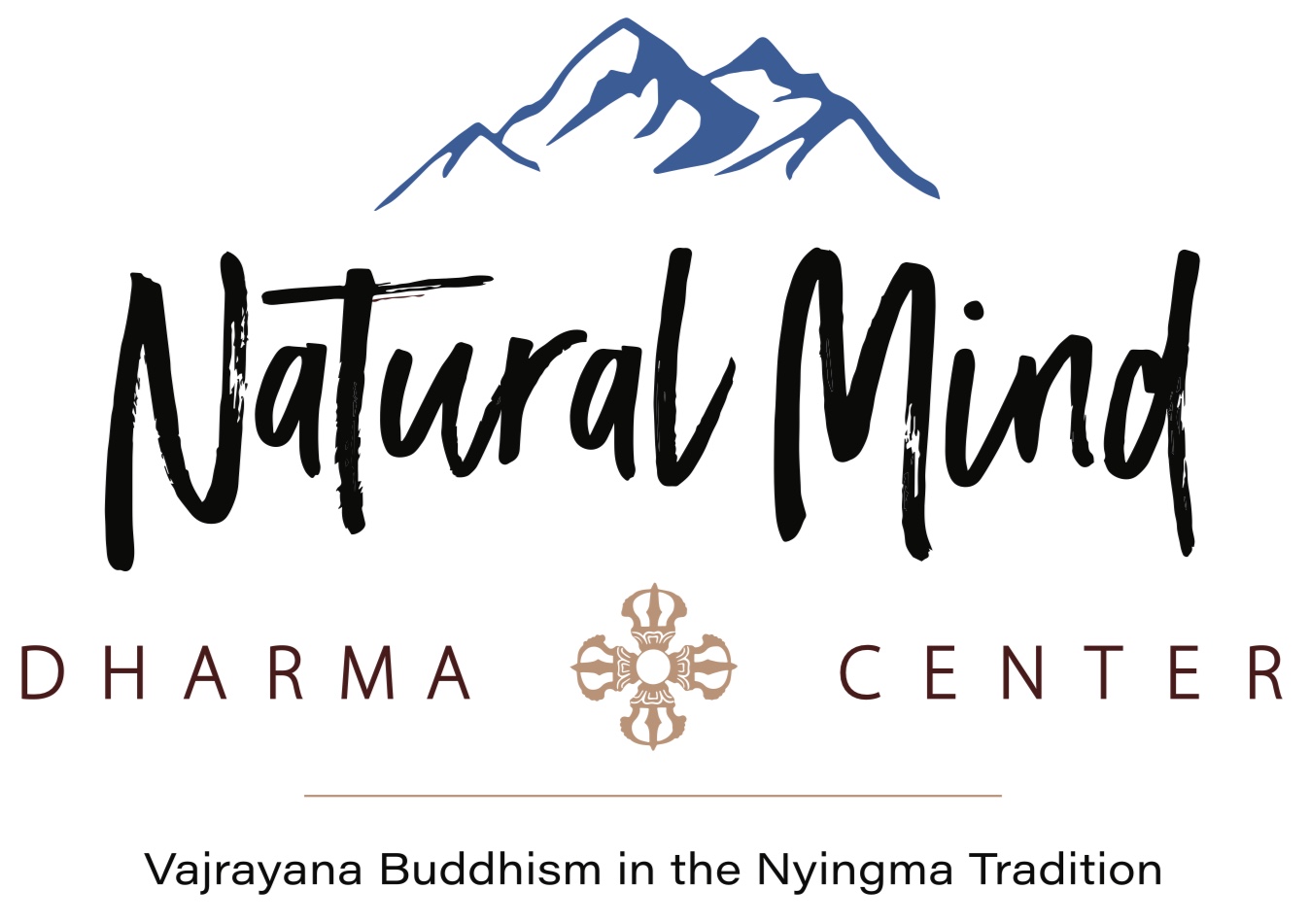Bringing Tradition Forward
To say Buddhism in America is at a crossroads is to understate the obvious. Standing at a crossroads always entails a decision as to which way to go. We have received transmission of the Buddhist Dharma from teachers coming from Japan, Tibet, and Southeast Asia. We tried to adopt the ethnic cultural form in an attempt to mimic a so called “authentic path.” We tried throwing out the cultural trappings and sometimes lost the teachings. We now are required to discover how to integrate what we have learned—free of those two extremes.
Wherever Buddhism has been planted in the world it has adopted, at least in part, the affect of the culture. What that will look like in the West is only now taking shape. Some second or third generation ethnic Tibetan Buddhist teachers with a better command of the English language are beginning to more skillfully teach to a Western ear. But the real transformation will happen when there is realization of the teachings by someone born and reared in, let’s say, Kansas.
Also, the outward form, the sacred imagery, in this country will necessarily be multiethnic in appearance. I have a fantasy about the look of a future Vajrayana Buddhist center where the thangka paintings on the walls will toggle between faces. Green Tara will be an African princess, Manjushri will look like a Native American warrior, Medicine Buddha will have the face and implements of a curandero, a Hispanic shaman or medicine woman, and White Tara will appear as a white or European woman of power and compassion—all depending upon each particular center and who it serves.
These deity practices are already being understood through the lens of Jungian psychology, neurobiology, and quantum physics. The monks and nuns studying at Emory university, with the support of the Dalai Lama, are investigating where Western science and Buddhism intersect. A new shared language will inevitably be developed which will influence how Eastern spiritual texts are translated into English and other tongues.
For us practitioners, we have the responsibility, first and foremost, to practice. And then we need to give feedback to those who may be attached to the more “traditional” ways of teaching. We must compassionately nudge the old school, no matter the pushback (beware your authority issues!). This has always been the way things change and we all learn in the process.
So, this is a wonderful time for Dharma. Although we are losing many great teachers with a foot still planted in the old ways, we are benefitting from their heirs. But now we must take seriously our responsibility to bring the tradition forward, jettison that which no longer serves, and help water the seeds of Dharma to grow in the hearts of those interested now and in the future.
